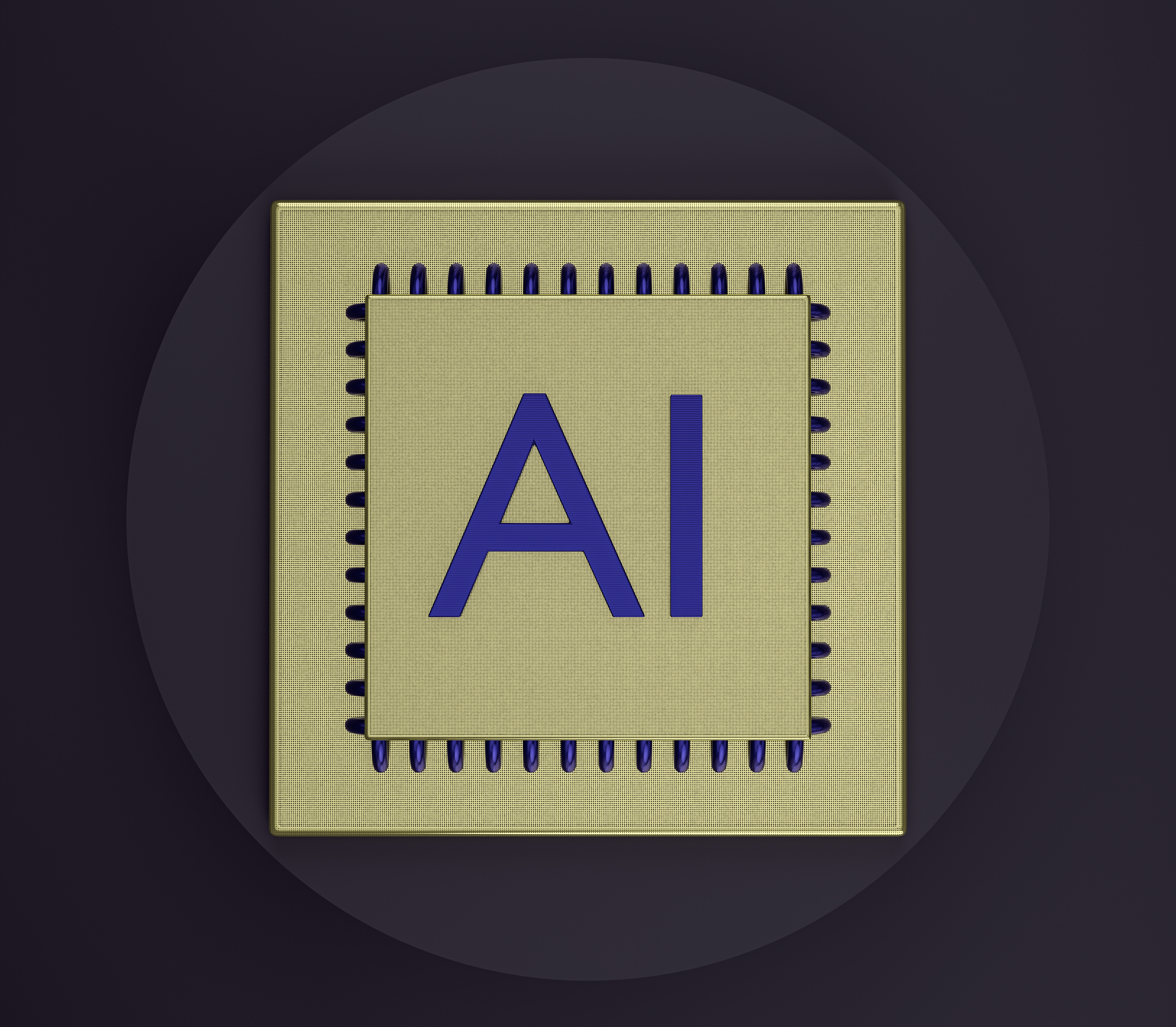
In the dynamic world of retail, innovation is key to staying ahead of the competition. YOLOv7, an advanced object detection model, is reshaping the retail landscape by addressing critical challenges through cutting-edge technology. This article dives into the mechanics of YOLOv7, explores the prominent issues facing the retail sector, and presents step-by-step solutions that YOLOv7 offers, making it a game-changer for retailers.








